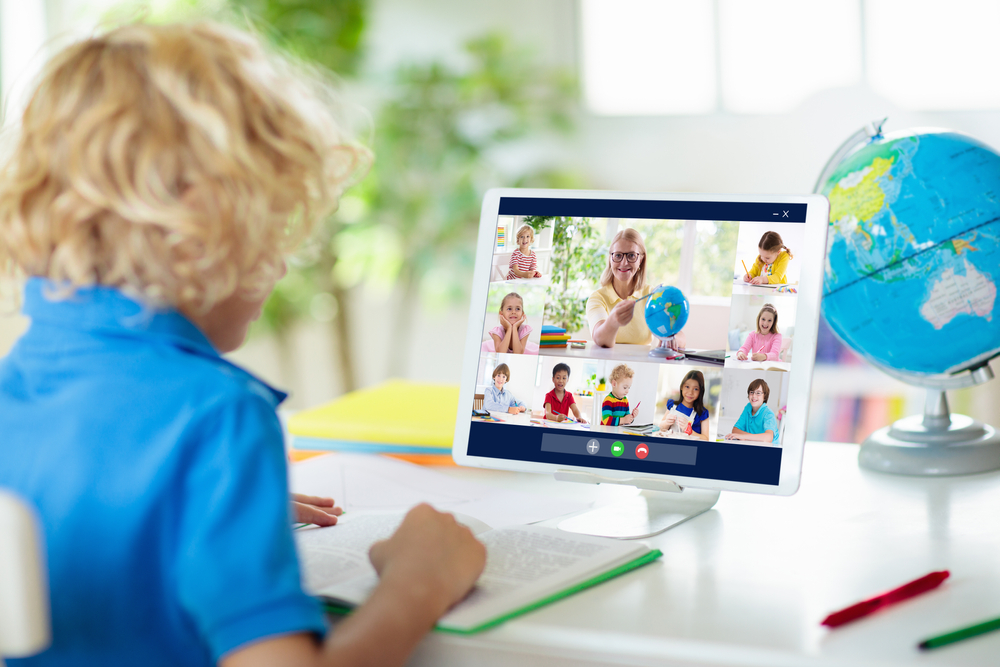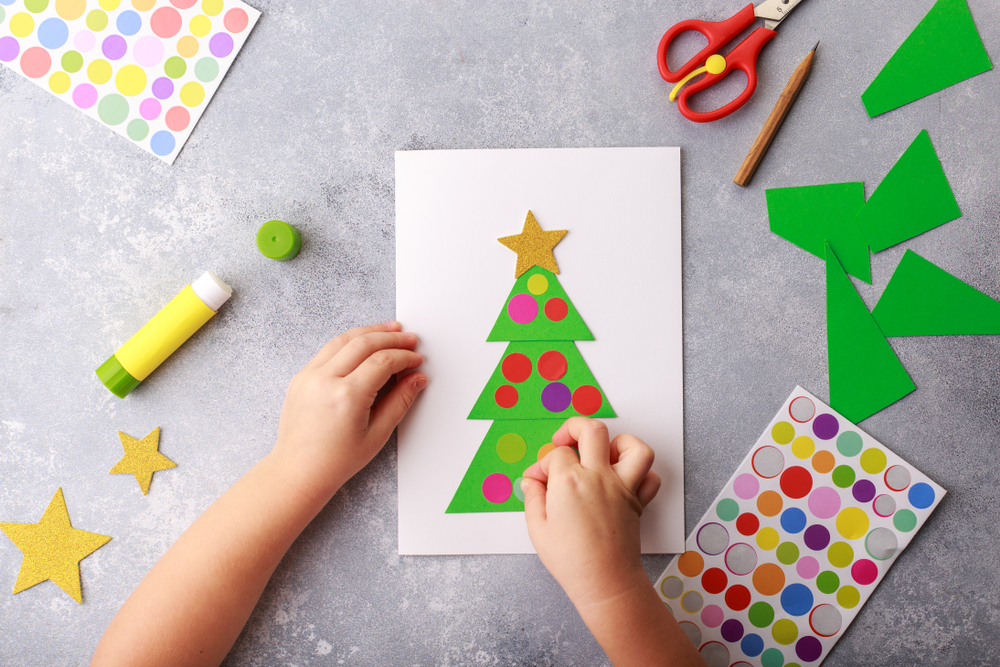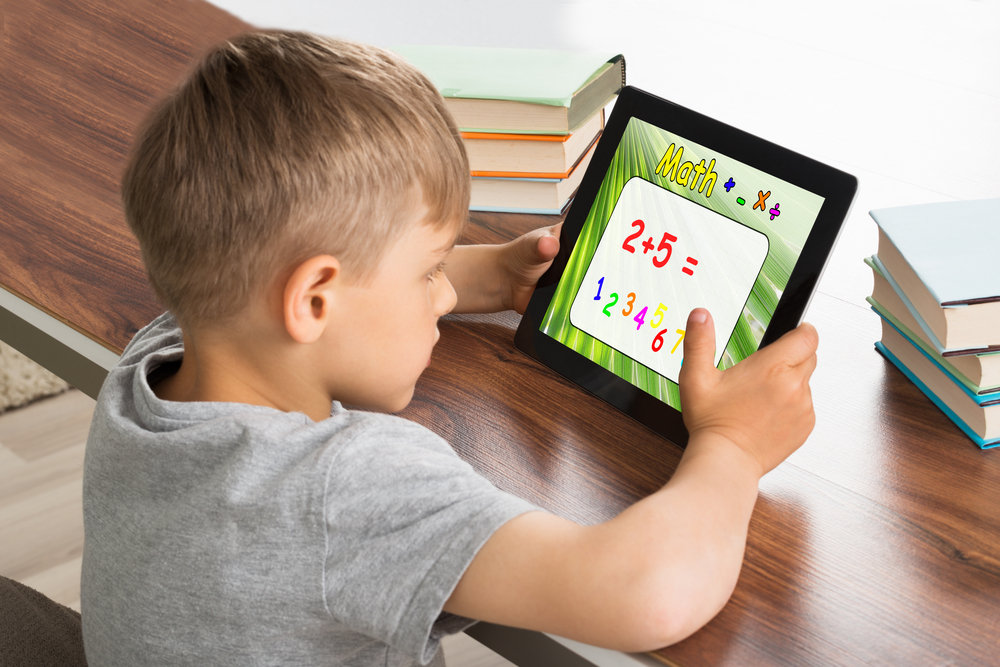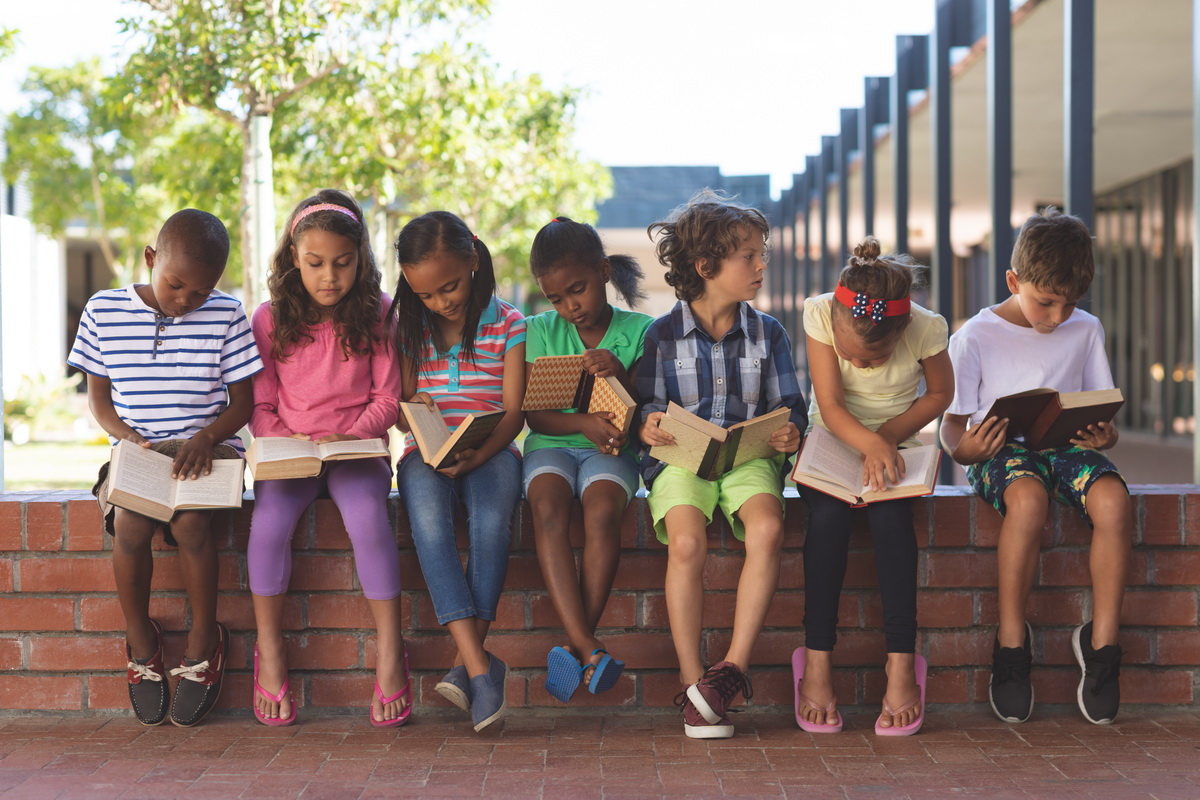Normal Tracing worksheets activities for Ages 3-6
97 filtered results
-
From - To
Discover our engaging Normal Tracing Worksheets, specially designed for children ages 3-6! These activities aim to enhance fine motor skills, promote hand-eye coordination, and support early literacy by teaching kids how to trace lines and shapes. Our worksheets feature fun illustrations, ensuring your little ones stay excited while learning essential skills. Whether at home or in the classroom, these resources provide hours of creative learning. Perfect for preschoolers and kindergartners, our tracing activities help build confidence and make learning an enjoyable experience. Dive into our collection today, and watch your child's skills flourish with each delightful page!
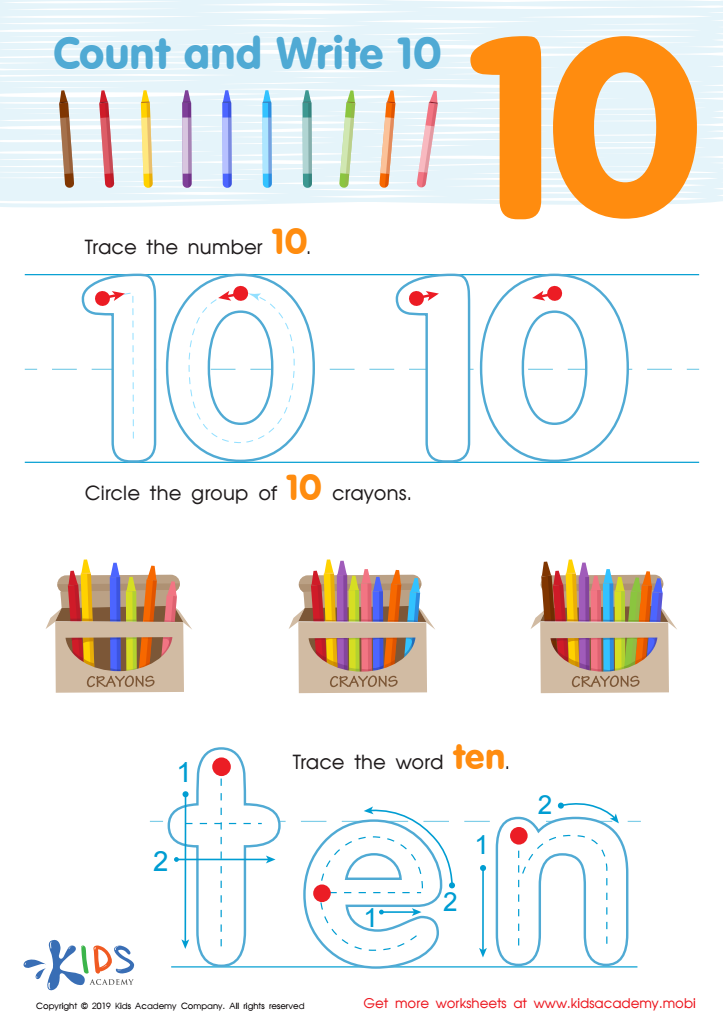

Count and Write 10 Worksheet
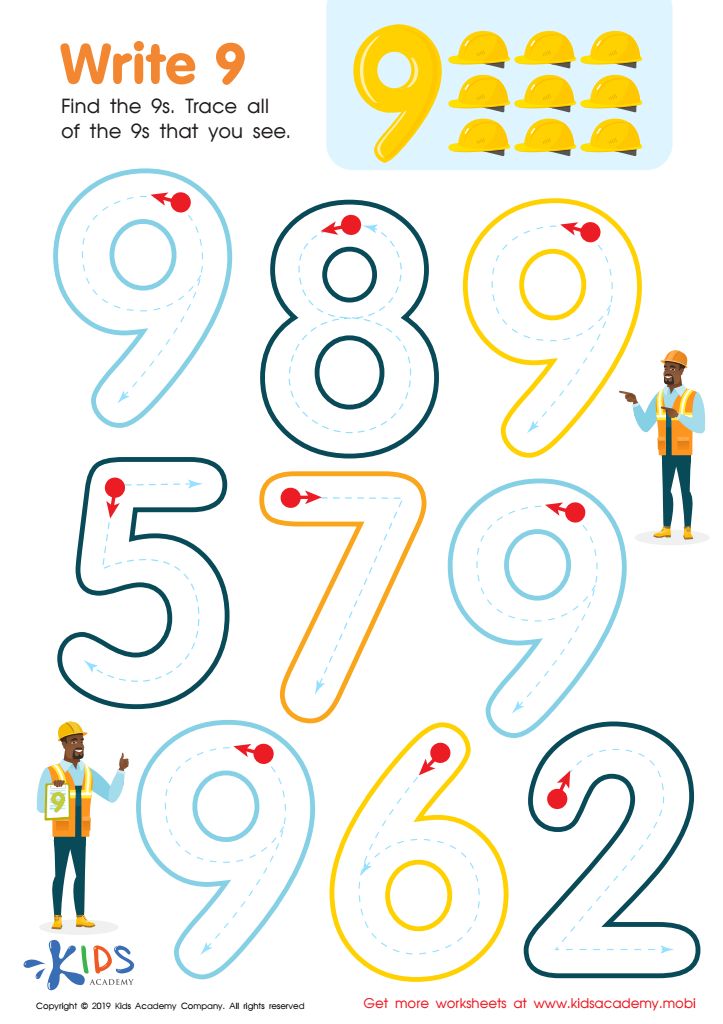

Write 9 Worksheet
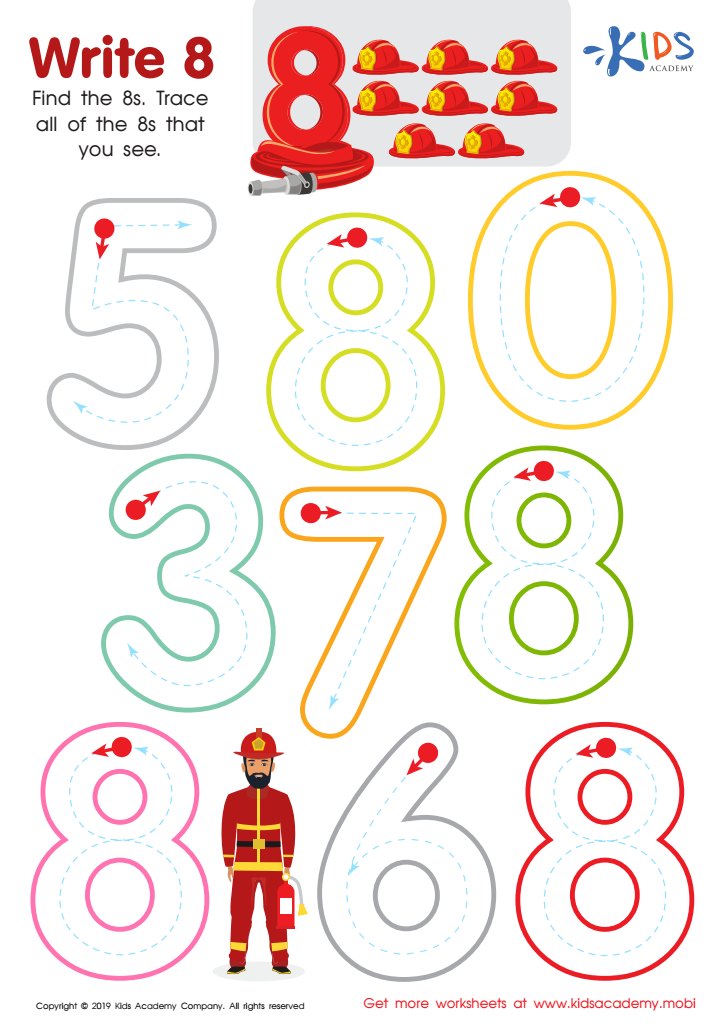

Write 8 Worksheet
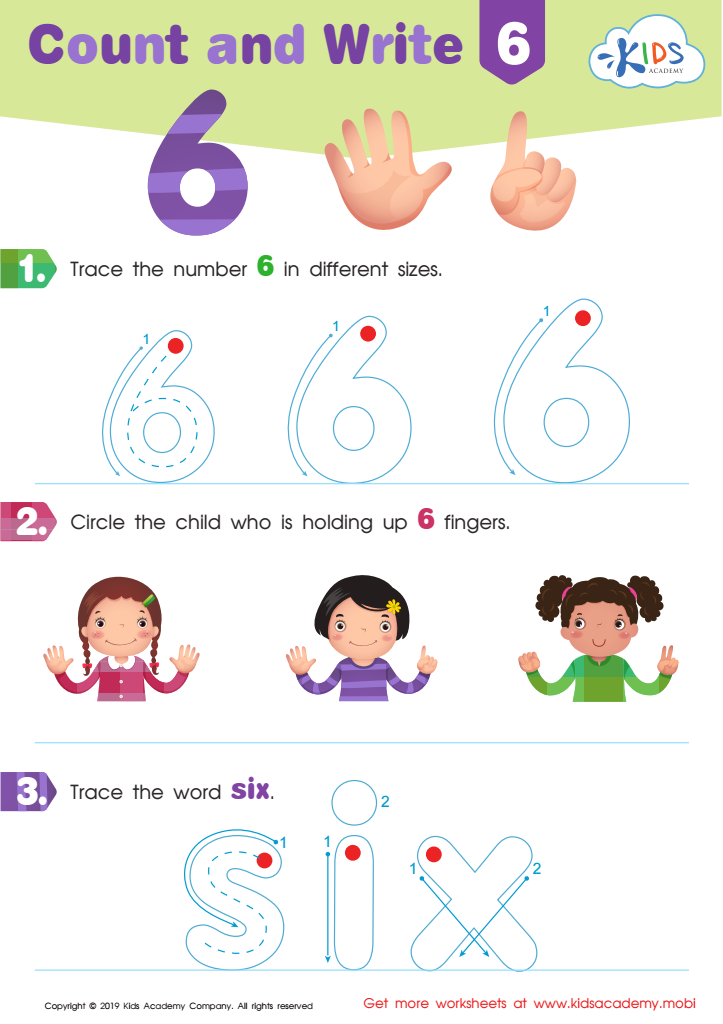

Count and Write 6 Worksheet
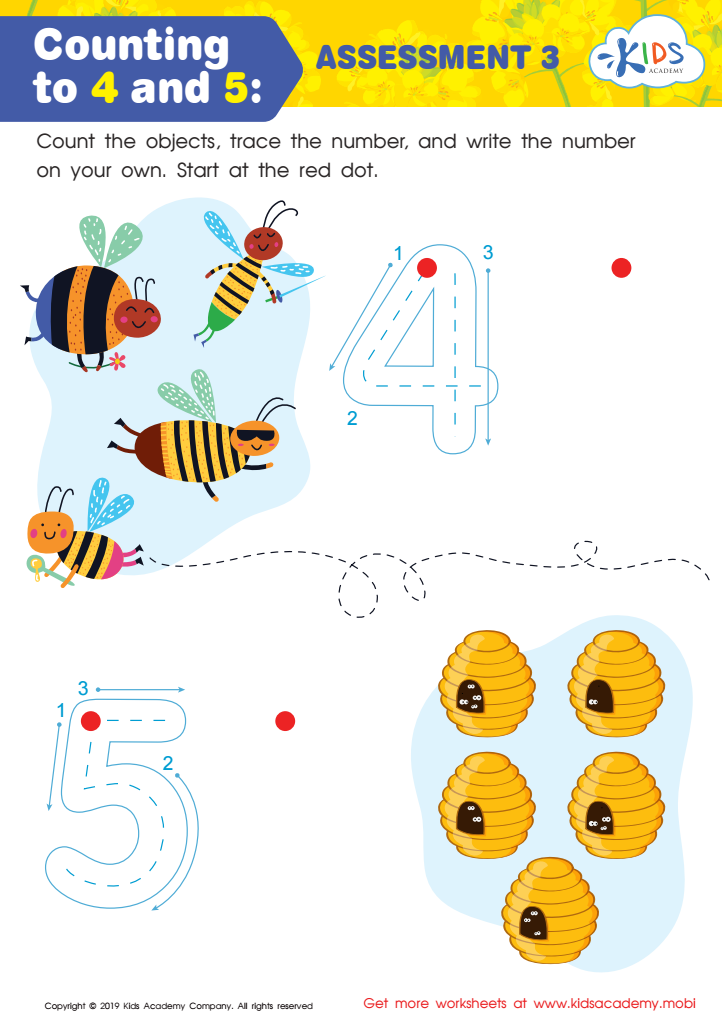

Counting to 4 and 5: Assessment 3 Worksheet
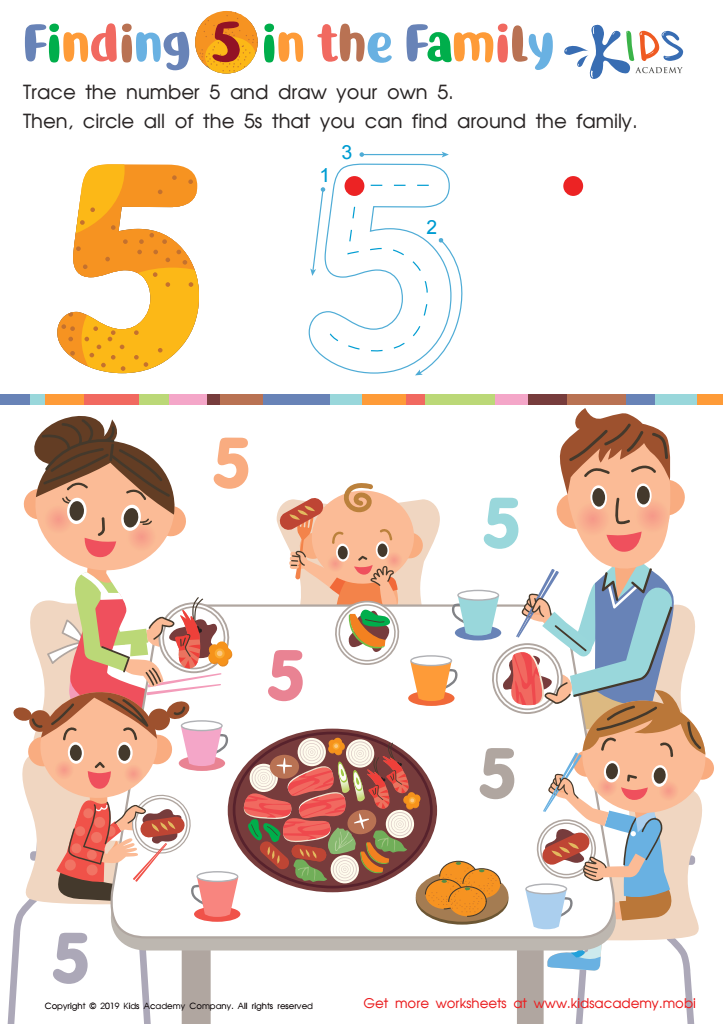

Finding 5 in the Family Worksheet
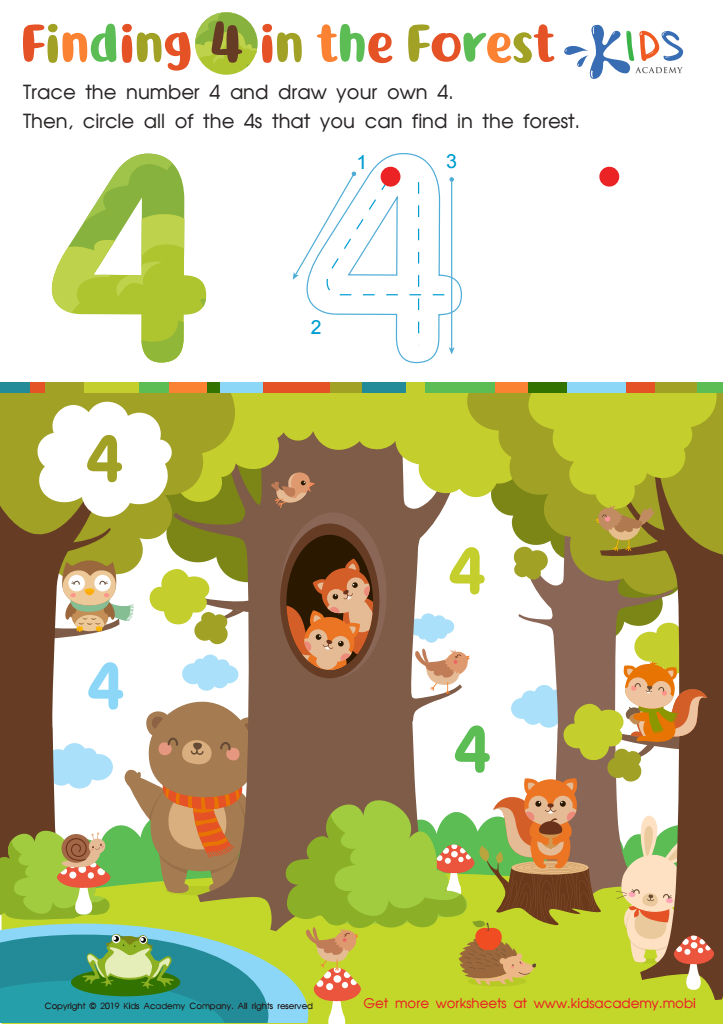

Finding 4 in the Forest Worksheet
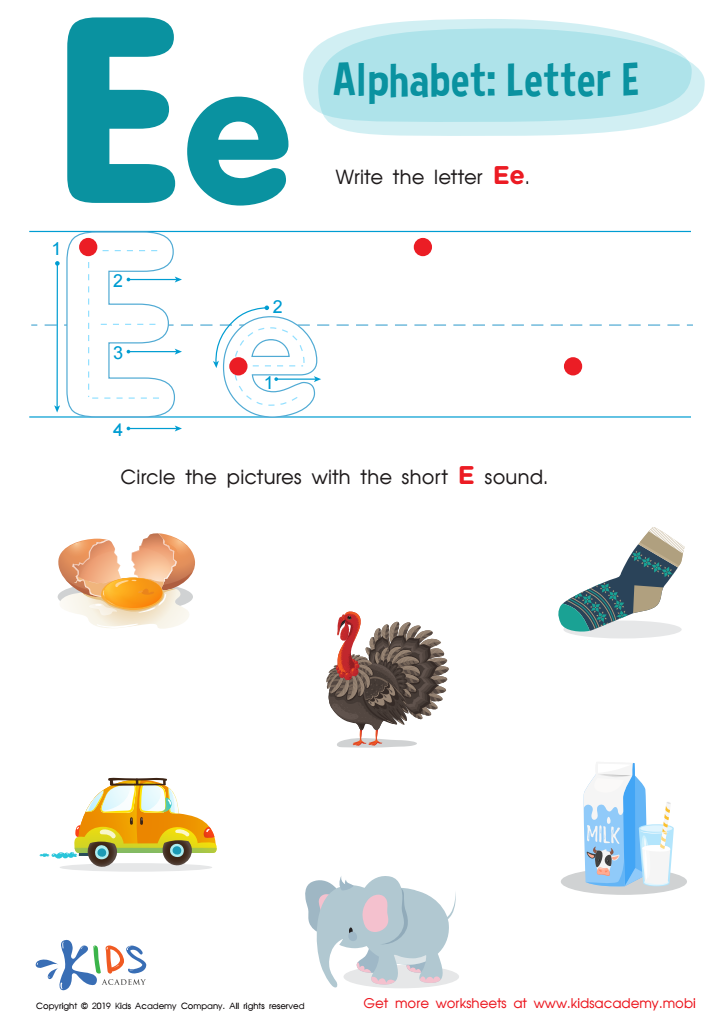

Letter E Tracing Worksheet
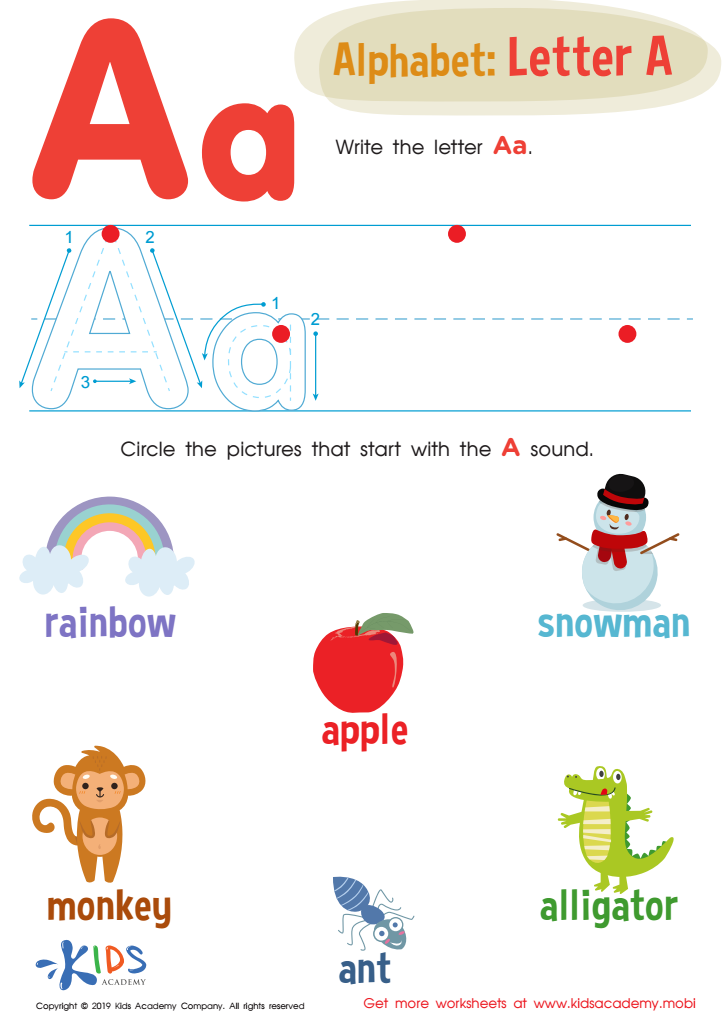

Letter A Tracing Worksheet
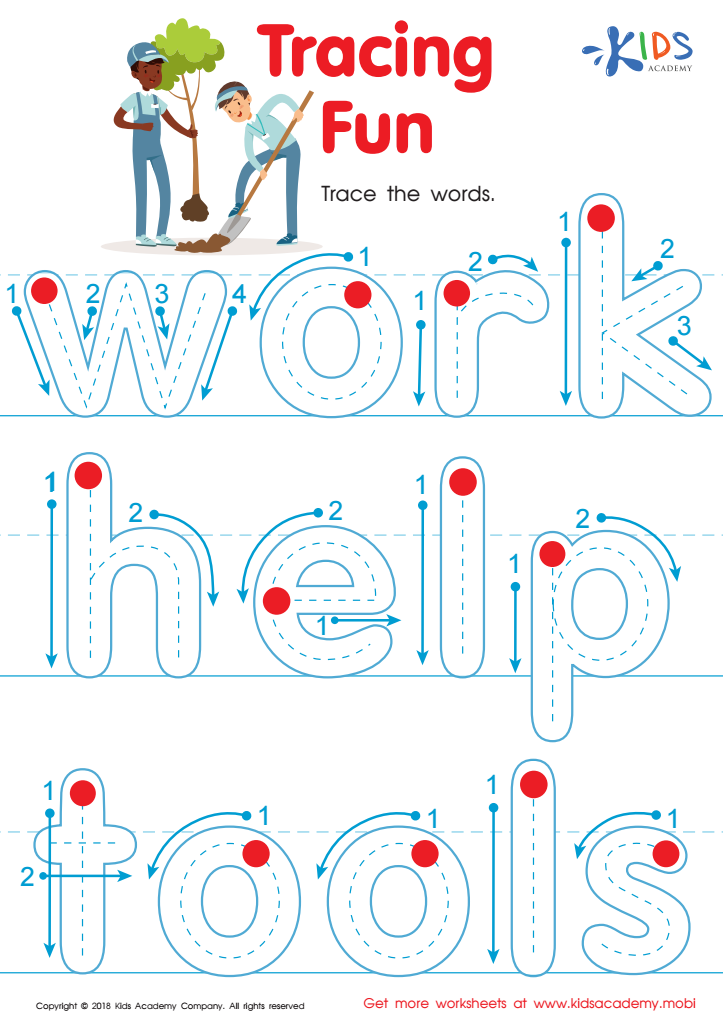

Tracing Fun Worksheet
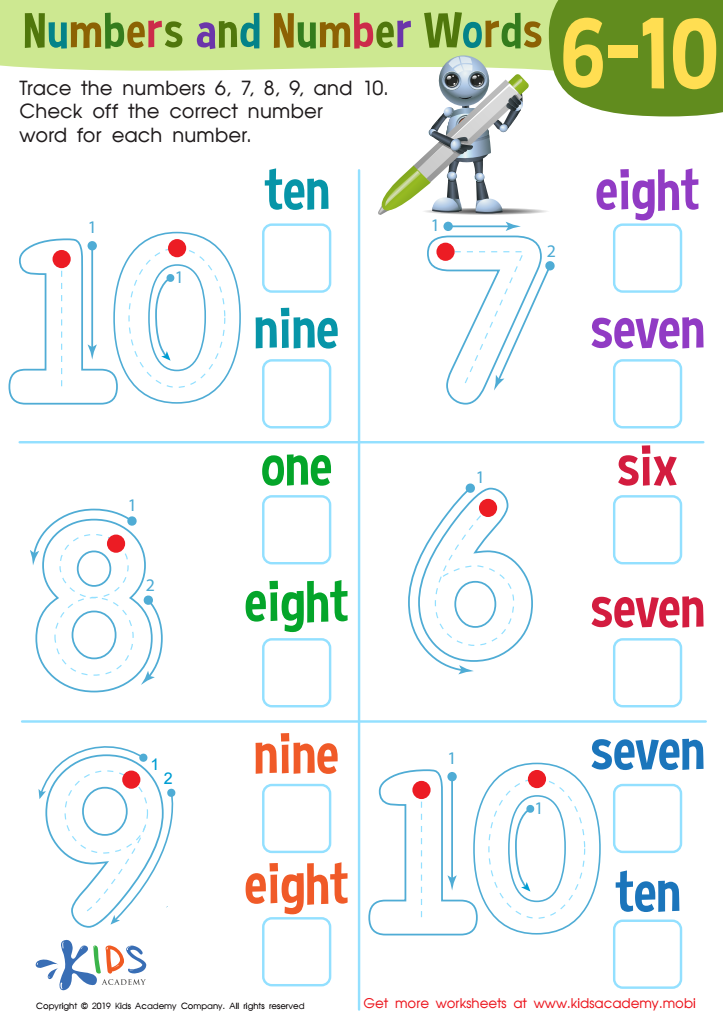

Numbers and Number Words 6–1 Worksheet
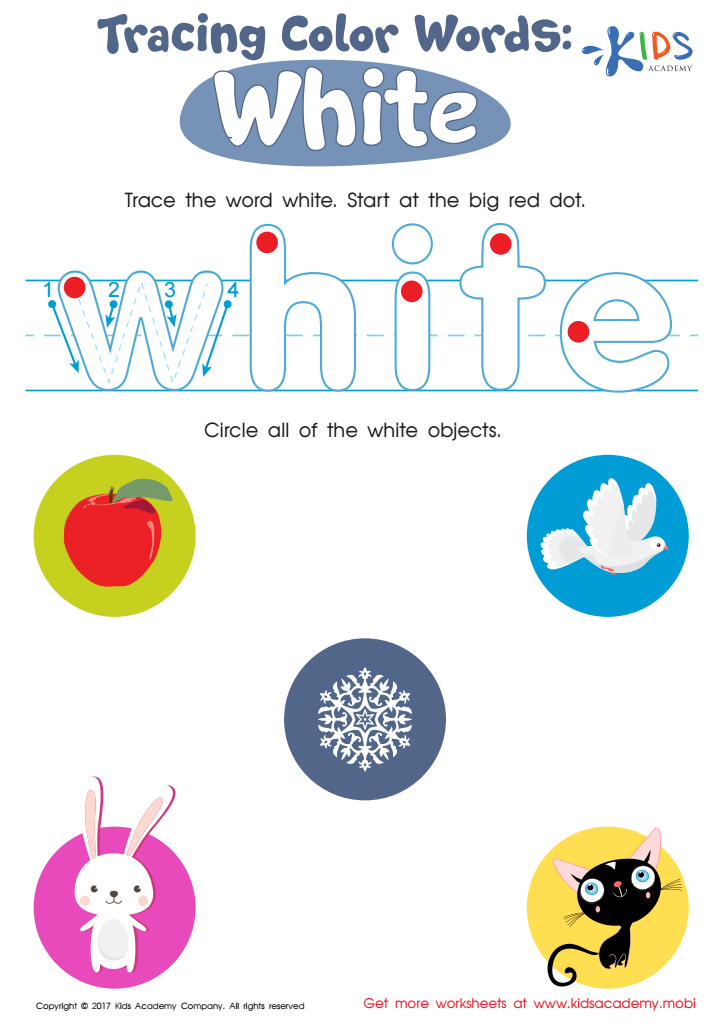

White Tracing Color Words Worksheet
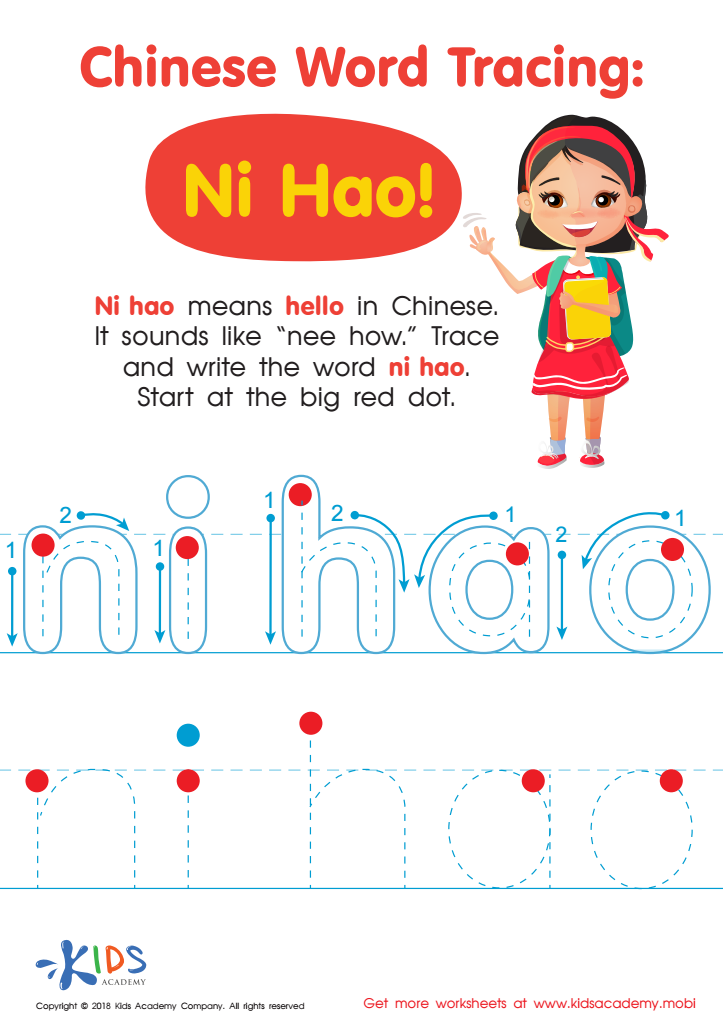

Chinese Word Tracing: Ni Hao Worksheet
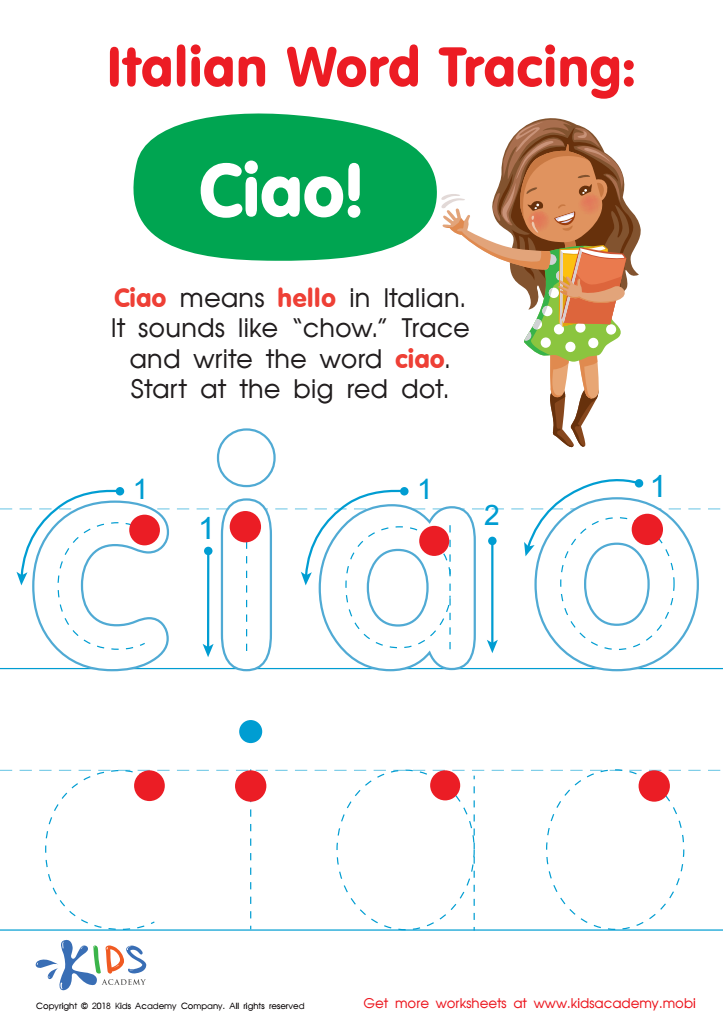

Italian Word Tracing: Ciao Worksheet
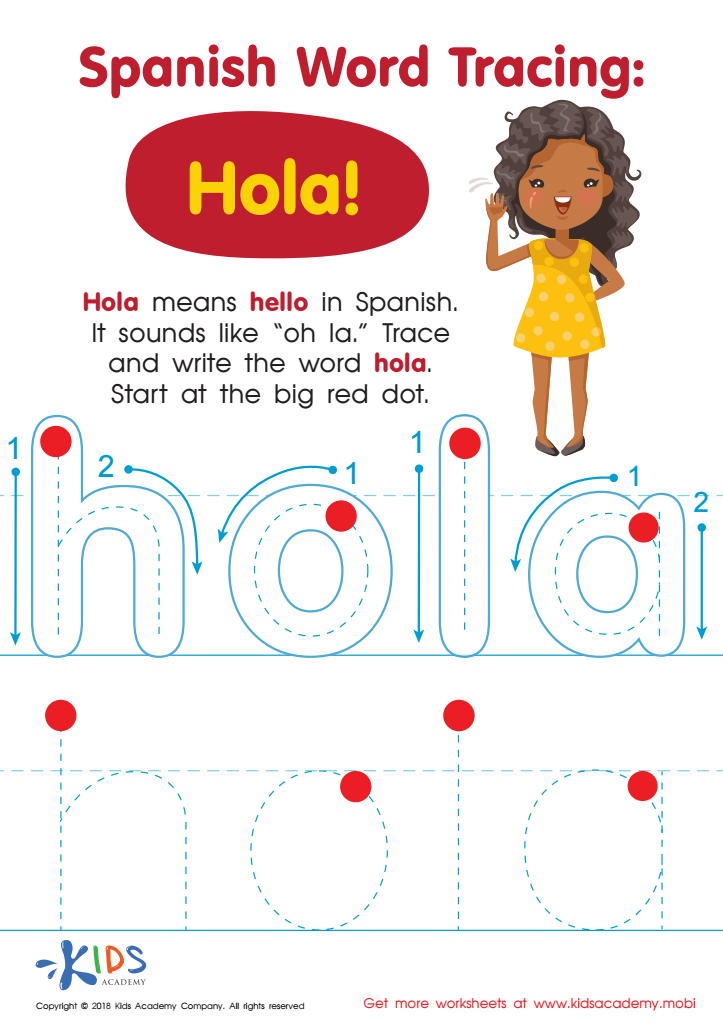

Spanish Word Tracing: Hola Worksheet
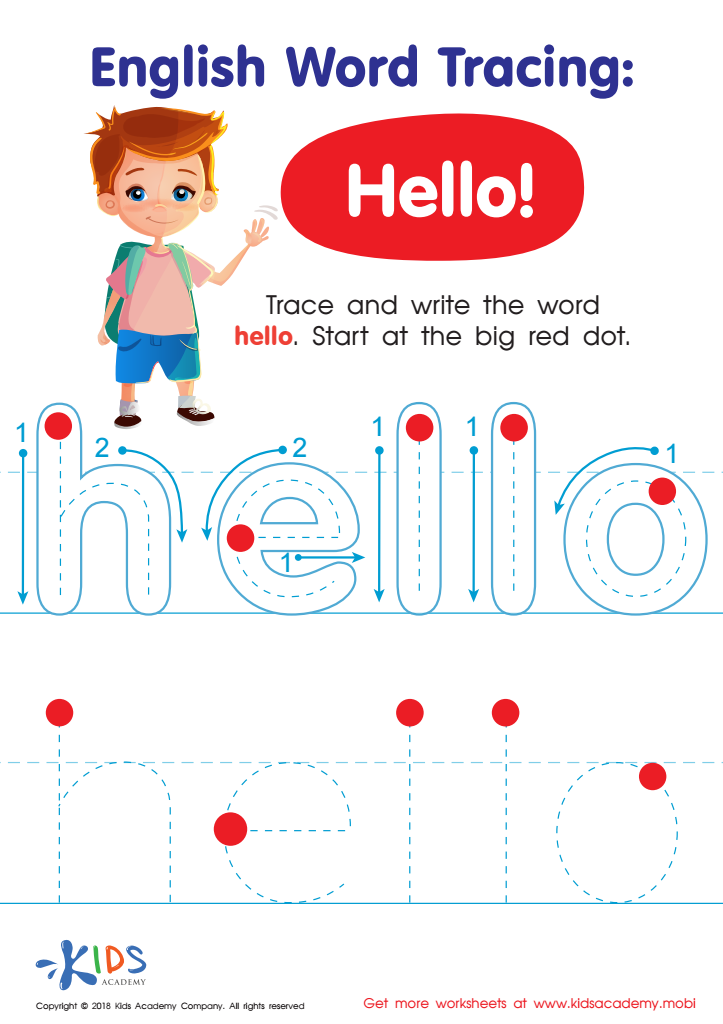

English Word Tracing: Hello Worksheet
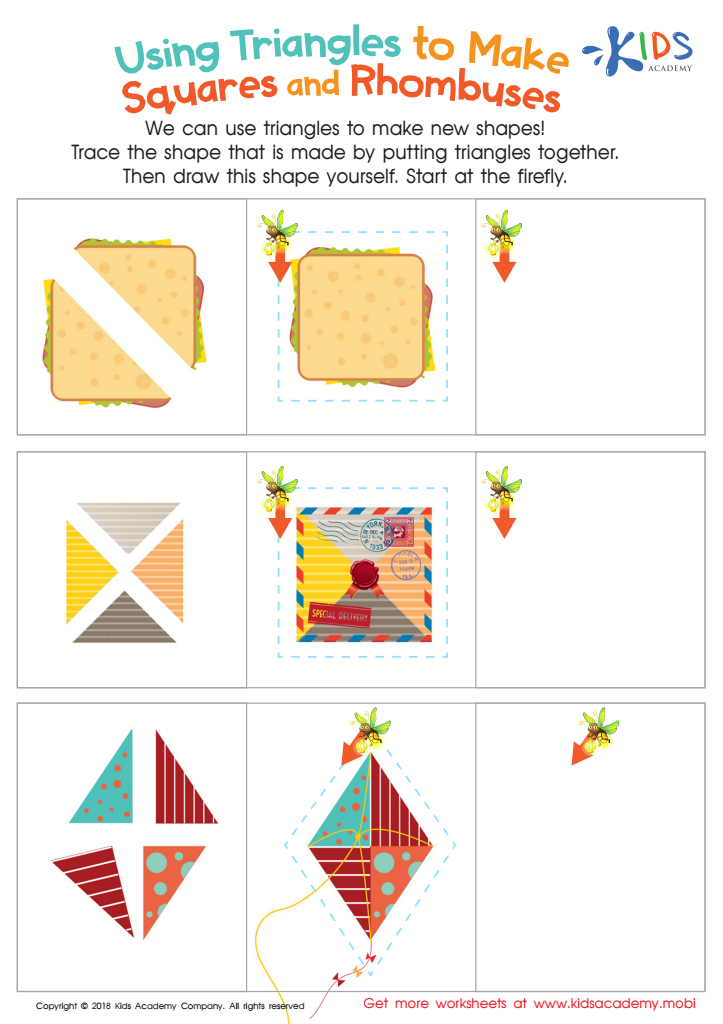

Using Triangles to Make Squares and Rhombuses Worksheet


Drawing a Triangle Worksheet
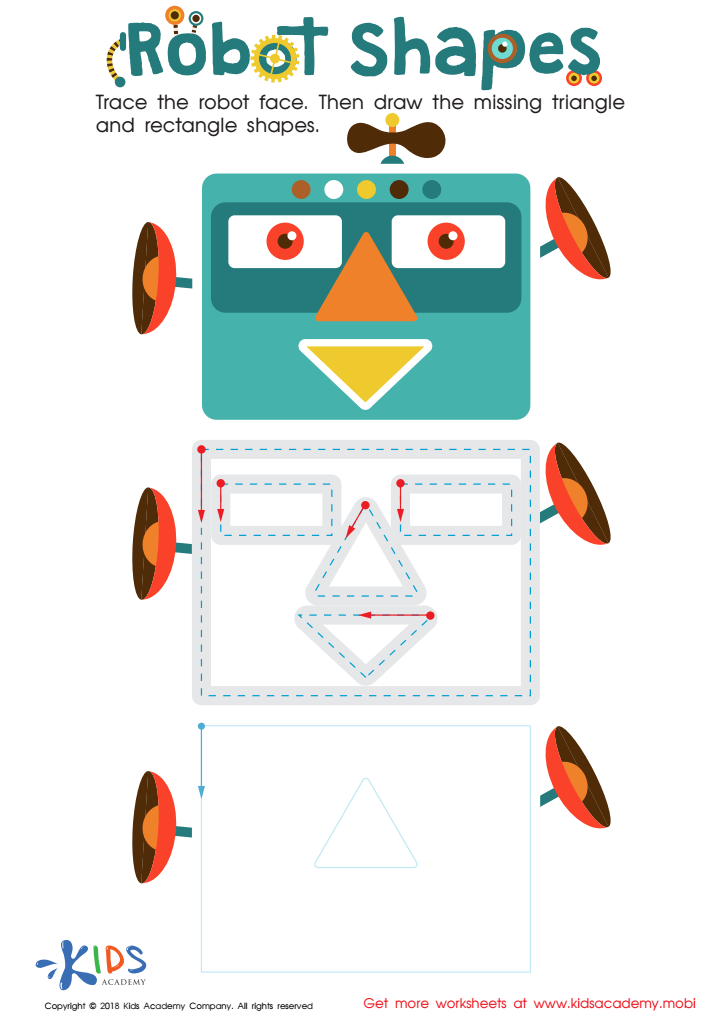

Robot Shapes Worksheet
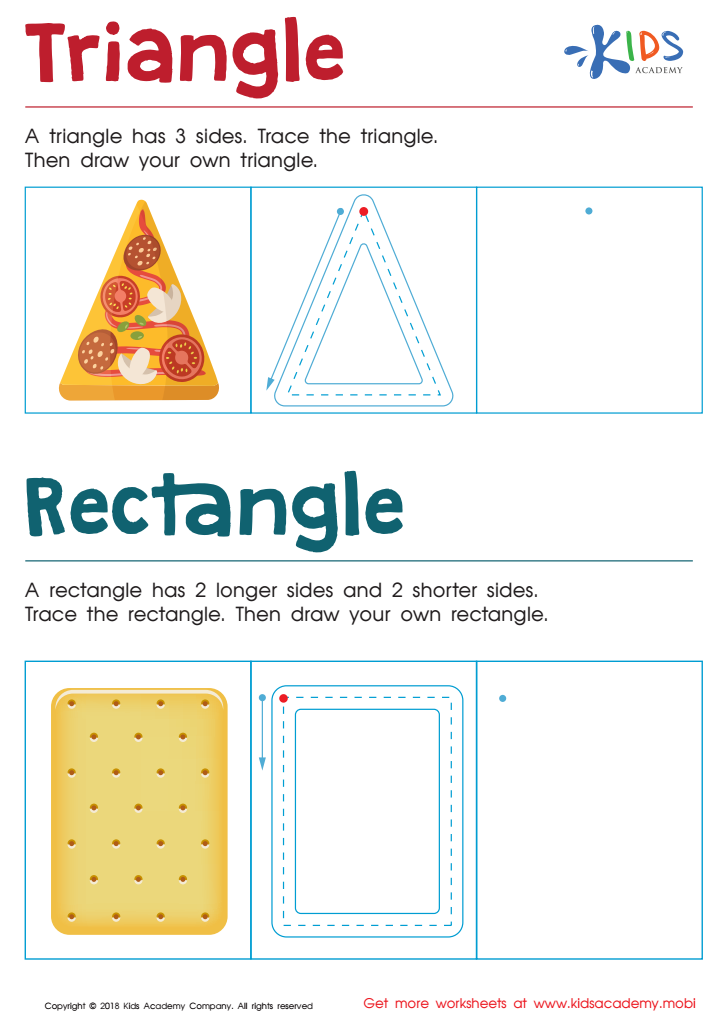

Triangle Rectangle Worksheet
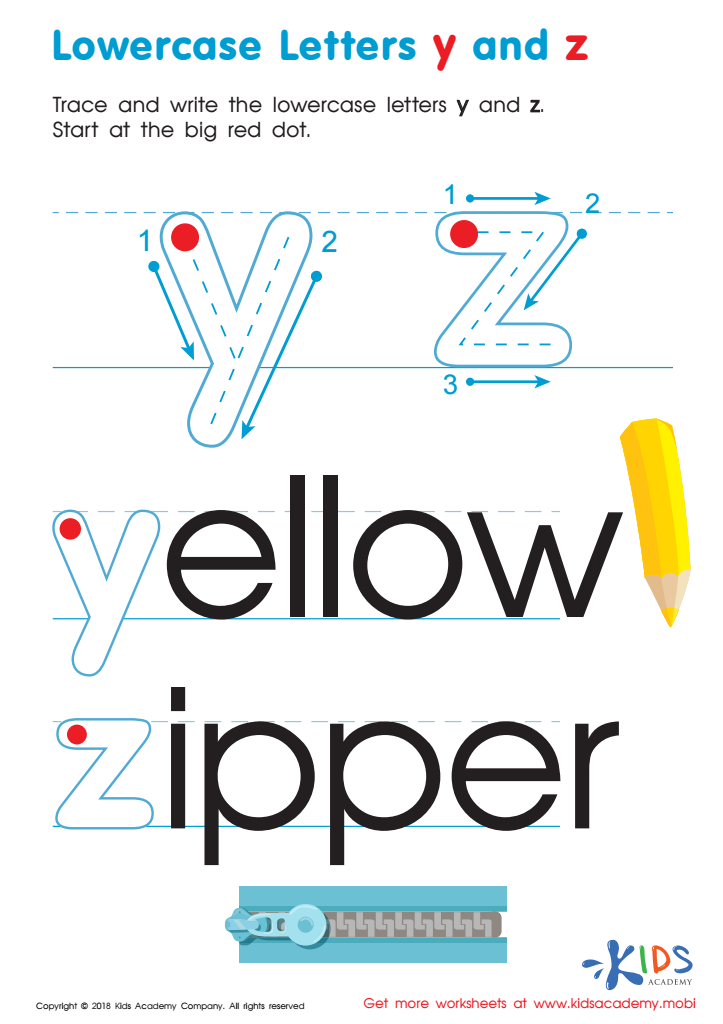

Lowercase Letters y z Worksheet
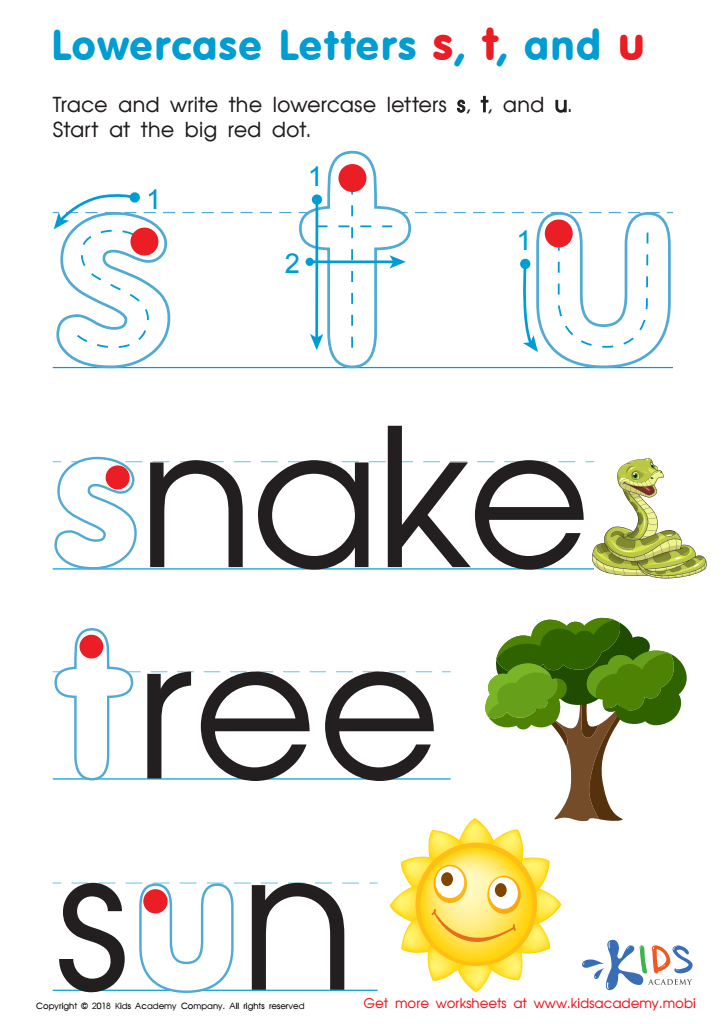

Lowercase Letters s t u Worksheet
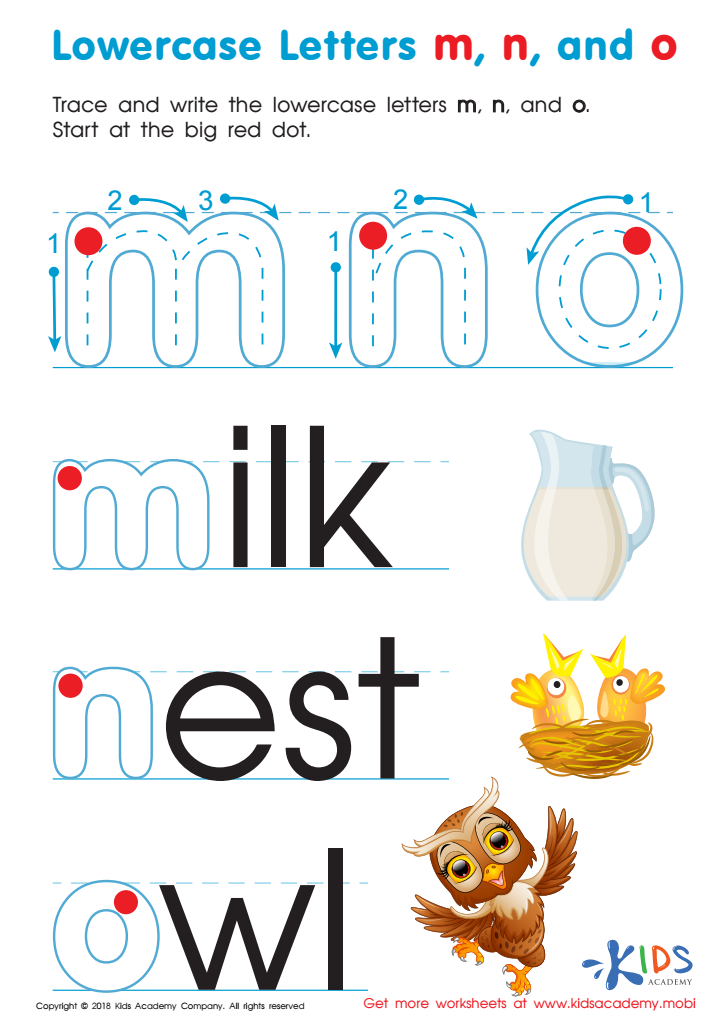

Lowercase Letters m n o Worksheet
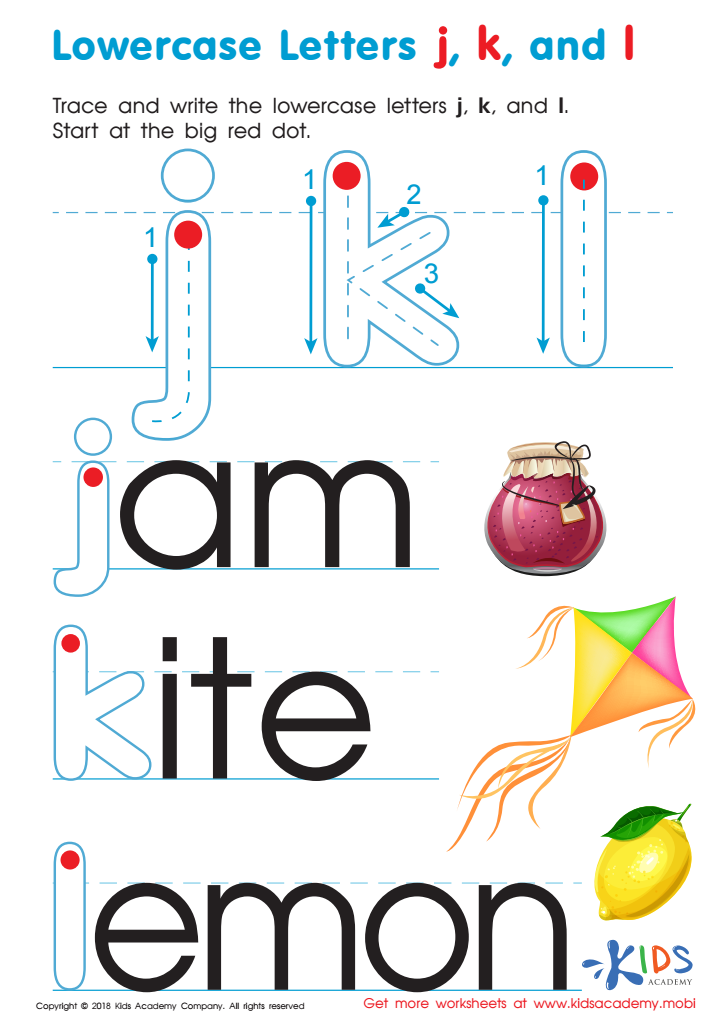

Lowercase Letters j k l Worksheet
Normal tracing activities for children aged 3-6 are essential for several reasons. Firstly, they enhance fine motor skills, essential for tasks such as writing, drawing, and self-care. As young children engage in tracing, they practice hand-eye coordination, finger control, and grip strength, forming the building blocks needed for more complex tasks later on.
Secondly, tracing activities support cognitive development. These activities help children recognize shapes, letters, and numbers, laying a foundational understanding of literacy and numeracy. By connecting movement with visual stimuli, tracing fosters memory retention and pattern recognition.
Moreover, tracing offers a beneficial blend of structure and creativity. While guiding children in following lines, it also invites them to express themselves artistically. This blend nurtures confidence and encourages exploration.
Additionally, participating in these activities can foster a sense of routine and discipline, helping kids understand the importance of focus and perseverance.
Finally, tracing activities can create opportunities for bonding between parents and children or teachers and students. They provide a platform for interaction that is both educational and enjoyable, making learning a collaborative effort.
In conclusion, normal tracing activities are a fun, engaging way to support motor skills, cognitive development, and social bonding in early childhood education.

 Assign to My Students
Assign to My Students



